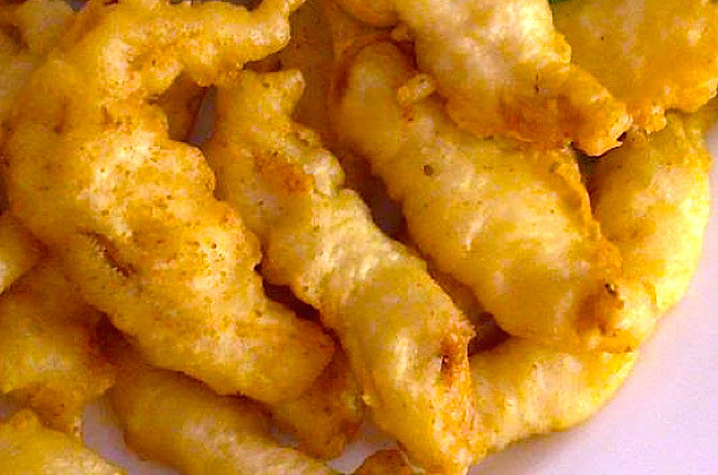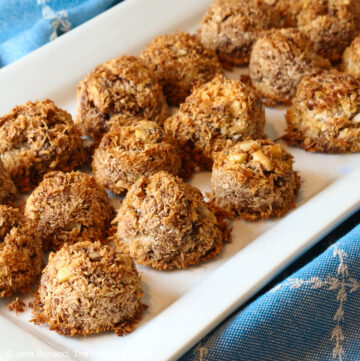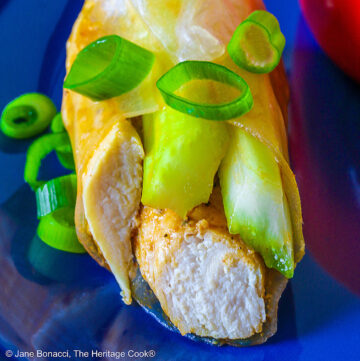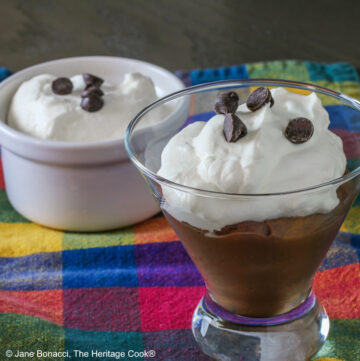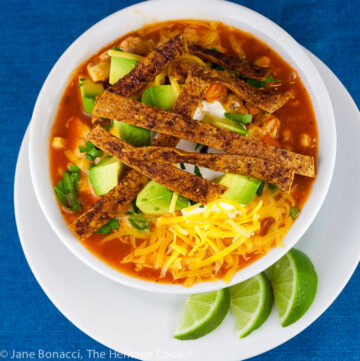Fried chicken – is there anyone who doesn’t absolutely love it? I don’t think so. Hot and crunchy with moist, tender chicken that melts in your mouth. I was lucky to have a mom and grandmother who both made fantastic fried chicken. I remember standing by the stove, watching the chicken fry, wanting to peek to see if it was brown enough to turn and being warned not to touch it. In those days the trick was using a well-seasoned cast iron skillet. The beauty of cast iron is that once it gets hot it holds the heat extremely well which lets the chicken cook evenly.
Today we have plenty of choices in cast iron cookware. The original company that once made pans for chuckwagons on cattle trails, Lodge, is still producing the same high quality cast iron pots and pans. You can buy the traditional untreated pans or their new pre-seasoned pans, saving you time and effort.
The easiest to use and maintain have an enamel covering. Just be careful not to use metal utensils with them. There are a slew of companies making enameled cast iron cookware. The most well known is Le Creuset (crew-say). Their pieces are expensive, but consider them an investment because you will be able to pass them to your children and grandchildren. Staub, Cuisinart, Heuck, Chasseur, Lodge, and KitchenAid all make great cookware in a variety of prices. Everyone seems to be jumping on the bandwagon, even Rachael Ray, Emeril Lagasse, and Martha Stewart have branded cast iron cookware.
Today’s recipe is a different way of looking at fried chicken. It has an Asian twist that is absolutely delightful. You marinate it in a soy-ginger vinaigrette and then coat with tempura batter. By having the oil at the right heat, it quickly cooks the batter, turning it crispy, without absorbing the oil. Crispy, crunchy, moist, tender, and full of flavor, what more could you ask for? Oh yeah, and it is served with a pile of amazingly fresh stir-fried vegetables. YUM!
You are directed in the recipe to cut the vegetables “julienne.” This means to cut them into matchstick-size pieces. To do that you make equally sized slices one direction, then stack those slices and cut them into pieces the same width as the original slices. In order for all the ingredients to cook in the same length of time, make sure they are all the same size. This is not someone being anal-retentive, but an important part of guaranteeing a successful outcome. The easiest way to do this is with a very sharp knife, but if you prefer you can also use a mandoline to guarantee very even slices.
This recipe is from Chef David Burke, one of this country’s most acclaimed chefs. In his cookbook “David Burke’s New American Classics” he takes a very unusual and fascinating approach to cooking. He starts with classic American dishes, teaching you the basics. Then he reinterprets them to give you a Contemporary version. And he finishes with what he calls a Second Day Dish – a nice way of using up the leftovers. The classic recipes are all standards that are perfect for beginning cooks to learn. As you hone your skills and become more comfortable in the kitchen, you can move up to the Contemporary recipes and of course the very creative ways to use the leftovers.
He leads off each selection with a comprehensive overview, highlighting possible issues, why he uses certain cuts, and hints for success. An example of this three-tier approach for pot roast; his classic version is Yankee Pot Roast with Brown Bread Dumplings and Melted Vegetables. The Contemporary take on this is Asian-Style Pot Roast, and the Second Day Dish is Pot Roast Sloppy Joes. All amazing recipes and techniques, each unique and yet all using fundamentally the same ingredients. You are guided to think of recipes in terms of how they can be adapted and changed, improved or just made more interesting. For those who must follow a recipe exactly as written, it can be enlightening and freeing. If you work your way through this book, I promise that not only will you be a more skilled cook, but a much more creative and intuitive one as well.
David Burke is the quintessential Renaissance Man. He is known as a chef, artist, entrepreneur, and inventor and is considered one of the pioneers in new American cooking. Chef Burke graduated from the Culinary Institute of America and went to France to study under some of their most illustrious chefs. When he returned to the U.S., he worked for Charlie Palmer at River Cafe. Under his guidance they earned a 3-star rating from the New York Times. He transitioned to Smith & Wollensky, first opening Park Avenue Cafe and then becoming Vice President of Culinary Development for the Smith & Wollensky Group.
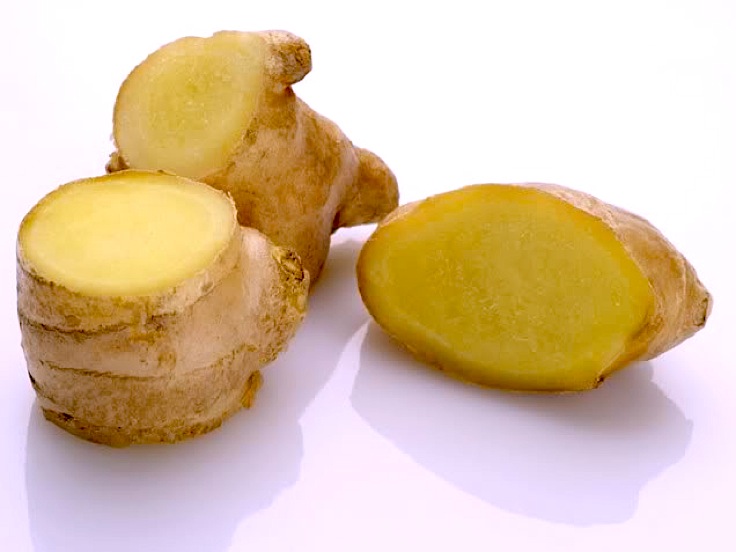
Fresh Ginger
When he decided it was time to open his own restaurant, he teamed up with Donatella Arpaia (you may recognize her from her stints as a judge on Iron Chef America, Top Chef, and Chopped) to open davidburke & donatella. From there he has gone on to create a restaurant empire. He runs David Burke Townhouse, David Burke at Bloomingdales, Fishtail by David Burke, Burke in the Box, David Burke Prime, David Burke’s Primehouse, David Burke Las Vegas, and Fromagerie. If you ever have the opportunity, have dinner in one of his restaurants and experience his vision in person.
Chef Burke has won many prestigious awards and honors. By the age of 26, he became America’s first recipient of France’s highly coveted Meilleurs Ouvriers de France Diplome d’Honneur for Excellence. He has won Japan’s Nippon Award of Excellence, the Robert Mondavi Award of Excellence, and the CIA’s August Escoffier Award. In 2009 he was inducted into the James Beard Foundation’s Who’s Who of Food and Beverage in America. For those who love to watch cooking shows on TV, he has competed on Iron Chef America against Bobby Flay, and was one of the contestants on season two of Top Chef Masters.
If you don’t want to batter and fry these, you can simply saute them in a little canola or olive oil. Just be careful not to overcook them or they will dry out and become tough. In addition to serving this for dinner, they also make a wonderful appetizer. When you just can’t face another boring chicken dinner, try this recipe and wake up your taste buds. Your family will thank you!
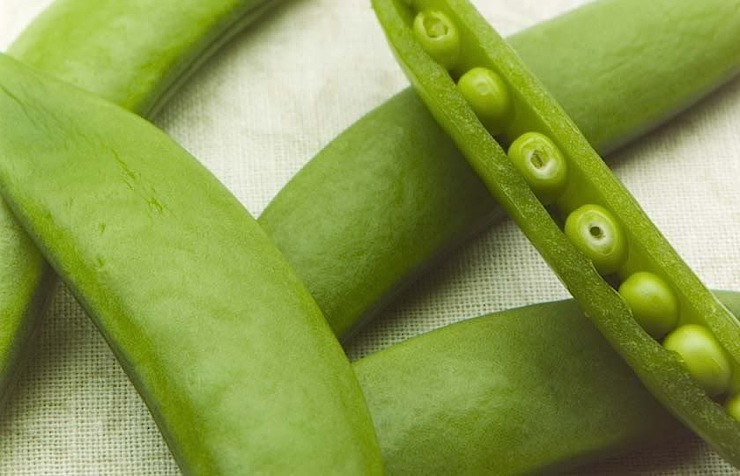
Snow Peas
Jane’s Tips and Hints:
The key to perfectly cooked fried foods is maintaining the correct oil temperature. The best way to do this is to use a candy thermometer that attaches to your pan or deep fryer. Look for one that has a very brightly colored temperature sensor and prominent markings so you can see it through the steam. It needs to go up to at least 400°F. Always follow the directions in the recipe for temperature and length of time for cooking as different ingredients will cook at different rates.
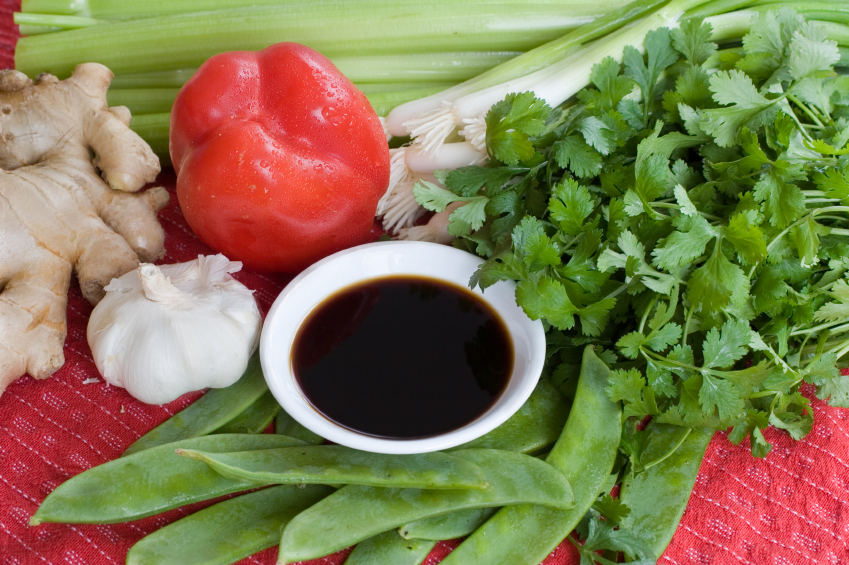

- Chicken Marinade and Vinaigrette
- 3 cups soy sauce
- 1 cup honey
- 1 cup water
- 1/2 cup chopped fresh cilantro leaves
- 3 cloves garlic, smashed
- 2 star anise
- 2-inch piece fresh ginger, peeled and smashed
- 4 (8-oz) skinless, boneless chicken breasts, trimmed of fat, rinsed, and dried
- Tempura Batter
- 1-1/2 cups all-purpose flour
- 3/4 cup cornstarch
- 2 tbsp baking powder
- 2 tbsp coarse salt, plus more as needed
- 1-1/2 tbsp sugar
- 1-3/4 cups plus, if needed, 2 tbsp club soda
- 4 cups vegetable oil
- Freshly ground black pepper
- Vegetable Stir-Fry
- 2 tbsp blended oil
- 1 tbsp finely minced fresh ginger
- 1 tbsp finely minced garlic
- 1 medium onion, julienned
- 1 small bunch celery, trimmed and julienned, leaves reserved
- 3 large carrots, julienned
- 1/2 lb snow peas, trimmed and julienned
- 1 cup celery leaves
- Coarse salt and freshly ground black pepper
- To make the Soy-Ginger Vinaigrette: Whisk the soy sauce, honey, and water together in a nonreactive container. Add the cilantro, garlic, star anise, and ginger and stir to blend. (This can be done up to 2 days in advance. Bring to room temperature before using.) Reserve 1 cup of the marinade for later.
- Add the chicken breasts to the marinade. Cover them with plastic wrap and allow to marinate for 90 minutes.
- To make the Tempura Batter: Combine the flour, cornstarch, baking powder, 2 tbsp salt, and the sugar in a medium mixing bowl. Slowly add the 1-3/4 cups club soda, whisking vigorously to smooth the batter; the batter should be smooth and thick enough to coat the back of a wooden spoon. Allow the batter to stand for 5 minutes and test it again for thickness. If it is too thick, add the remaining 2 tbsp club soda.
- Remove the chicken from the marinade and, using a chef’s knife, cut the chicken into 2-inch strips.
- Heat the oil to 350°F in a deep-fat fryer or deep pot.
- Cook the Chicken Strips: Using tongs, dip the chicken strips into the tempura batter, shaking off excess batter as you lift. Take a few coated chicken strips put them into the hot oil for about 2 minutes until they turn crisp, golden brown. Using a slotted spoon, lift the strips from the oil and place them on paper towels to drain. Season to taste with salt and pepper. Continue coating and frying until you have cooked all of the chicken.
- Mound the Vegetable Stir-Fry in the center of a platter and place the chicken over the top. Drizzle the reserved Soy-Ginger Vinaigrette around the edge of the platter and serve.
- Make the Vegetable Stir-Fry: Heat the oil in a wok over high heat until very hot but not smoking. Add the ginger and garlic is lightly toasted. Add the onion and saute for 1-1/2 minutes. Add the celery and saute for 1-1/2 minutes. Follow with the carrots and saute for 1-1/2 minutes. Finally, add the snow peas and saute for about 30 seconds, or just until they are crisp-tender and still bright green. Add the celery leaves and salt and pepper to taste. Toss to combine and serve immediately on a platter with the tempura chicken.
Thank You!


